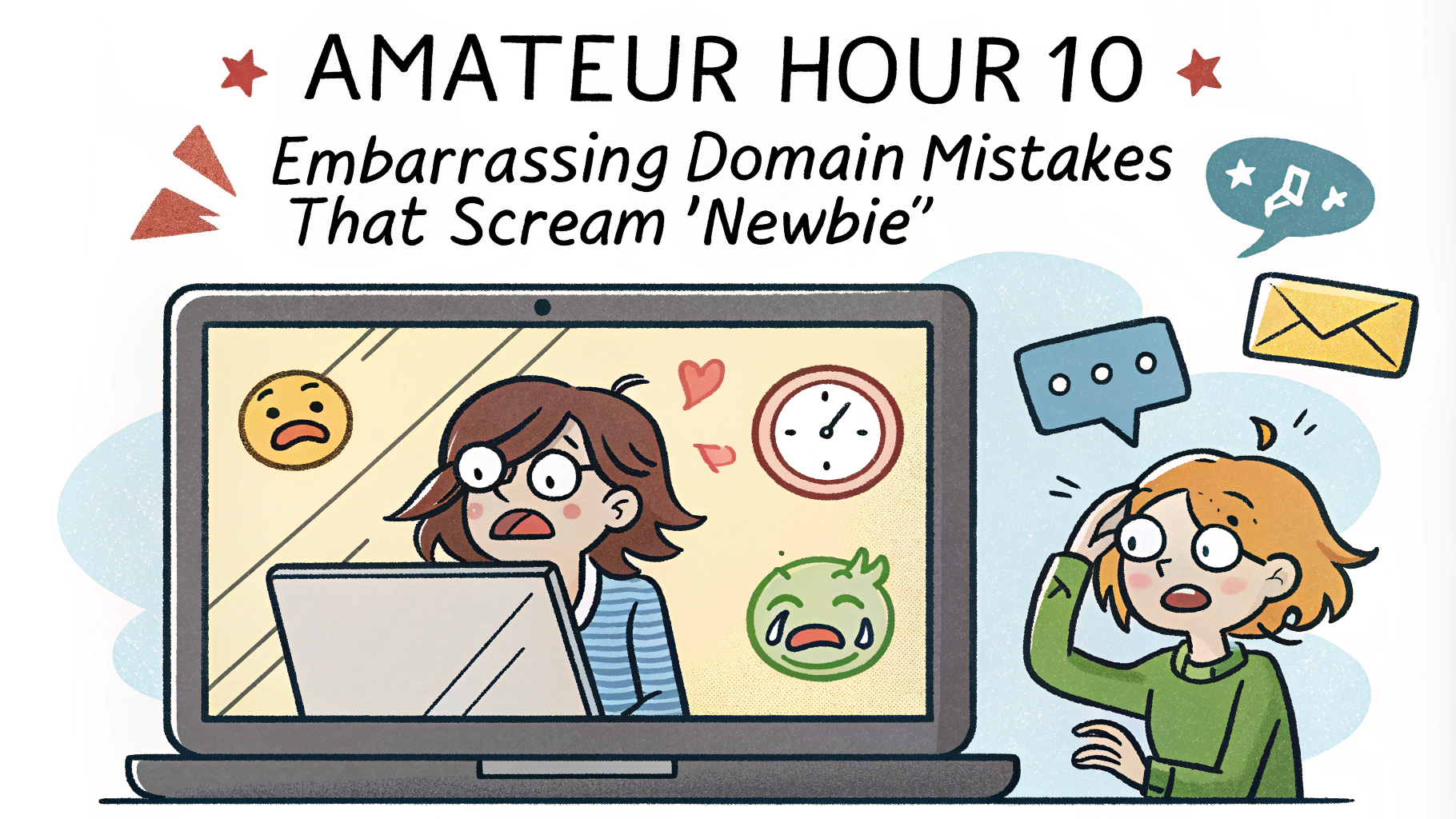A smart domain strategy can make or break your rebranding efforts. This article explores how to leverage domain names for a successful brand transition. We’ll cover key tactics, common pitfalls, and real-world examples to help you navigate this crucial aspect of rebranding.
Understanding the Role of Domains in Rebranding
Domain names are more than just web addresses – they’re digital real estate that represents your brand online. When rebranding, your domain strategy should:
- Reflect your new brand identity
- Maintain SEO value
- Ensure a smooth transition for existing customers
Examples:
- Old brand: QuickBooks.com → New brand: Intuit.com
- Old brand: BackRub.com → New brand: Google.com
Choosing the Right Domain for Your Rebrand
Selecting a new domain name is a critical decision. Consider these factors:
- Brevity: Shorter names are easier to remember (e.g., Slack.com)
- Relevance: Align with your new brand message (e.g., Buffer.com for social media management)
- Memorability: Use unique, catchy names (e.g., Zoom.us)
- Availability: Check if your desired name is free across all major TLDs
Domain Name Ideas for Rebranding:
| Brand Type | Domain Example |
|---|---|
| Tech Startup | AiSmart.io |
| Eco-Friendly Products | GreenLife.eco |
| Financial Services | WealthWise.com |
Planning Your Domain Transition Strategy
A well-executed domain transition minimizes disruption and preserves your online presence. Key steps include:
- Timing: Choose a strategic launch date
- 301 Redirects: Set up proper redirects from old to new domains
- Content Migration: Transfer all content to the new domain
- SSL Certificates: Ensure secure connections on the new domain
Case Study: Dunkin’ Donuts to Dunkin’
When Dunkin’ Donuts rebranded to Dunkin’, they:
- Kept their primary domain (dunkindonuts.com)
- Added dunkin.com as an alias
- Gradually transitioned branding across digital platforms
This approach allowed for a smooth transition while maintaining brand recognition.
Leveraging Domain Extensions for Brand Identity
Domain extensions play a crucial role in shaping your brand’s online identity. Here’s how to use them effectively:
- .com: Still the gold standard for most businesses (e.g., Amazon.com)
- .io: Popular for tech startups and SaaS companies (e.g., Twilio.io)
- .ai: Ideal for artificial intelligence-focused brands (e.g., OpenAI.com)
- .eco: Perfect for environmentally conscious businesses (e.g., Ecosia.org)
Consider how your chosen extension aligns with your brand values and target audience. For example, a finance-focused rebrand might opt for WealthWise.finance instead of WealthWise.com to emphasize their industry expertise.
Protecting Your Brand with Domain Variations
Securing multiple domain variations safeguards your brand and prevents potential confusion:
- Common misspellings: Register domains like Amazom.com to redirect to Amazon.com
- Different TLDs: Secure YourBrand.com, YourBrand.net, YourBrand.org
- Hyphenated versions: Your-Brand.com in addition to YourBrand.com
- Competitor terms: Consider registering domains that combine your brand with competitor names
Example: Nike owns Nike.com, Nike.net, Nike.org, and even Nikesucks.com to protect their brand image.
Domain Variation Strategy Table
| Variation Type | Example | Purpose |
|---|---|---|
| Misspelling | Goggle.com | Redirect to correct site |
| Different TLD | Apple.net | Brand protection |
| Hyphenated | Face-book.com | Capture typos |
Implementing a Phased Domain Transition
A gradual domain transition helps maintain SEO rankings and minimize user confusion:
- Soft launch: Introduce the new domain alongside the old one
- Content mirroring: Duplicate content on both domains initially
- Traffic analysis: Monitor user behavior and search rankings
- Gradual redirect: Slowly increase the percentage of traffic redirected to the new domain
- Full transition: Complete the switch once metrics stabilize
Example: When Moz rebranded from SEOmoz, they maintained both domains for a period before fully transitioning to Moz.com.
Conclusion: Mastering Domain Strategy for Successful Rebranding
A well-planned domain strategy is key to a successful rebrand. By choosing the right domain name, leveraging appropriate extensions, protecting your brand with variations, and implementing a phased transition, you set the stage for a smooth and effective rebranding process.Remember these key takeaways:
- Align your domain with your new brand identity
- Secure relevant domain variations to protect your brand
- Use a phased approach for a seamless transition
- Monitor and adjust your strategy based on performance metrics
With these strategies in place, your rebranded domain will serve as a strong foundation for your online presence, helping you connect with your audience and grow your business in the digital landscape.











